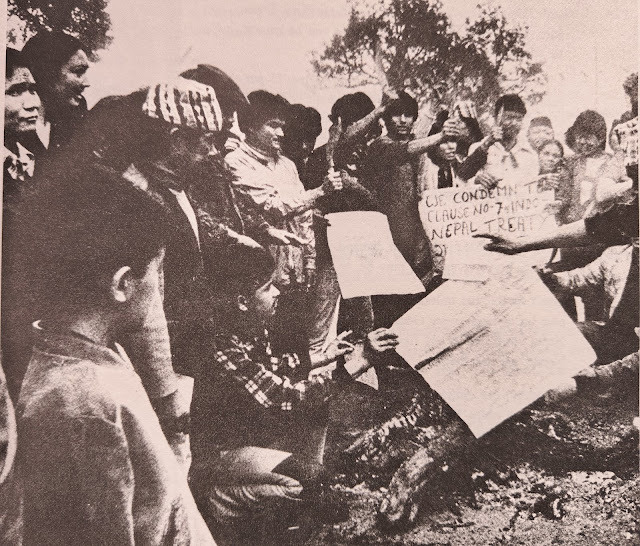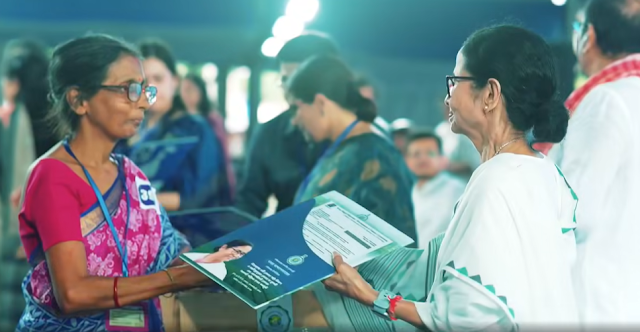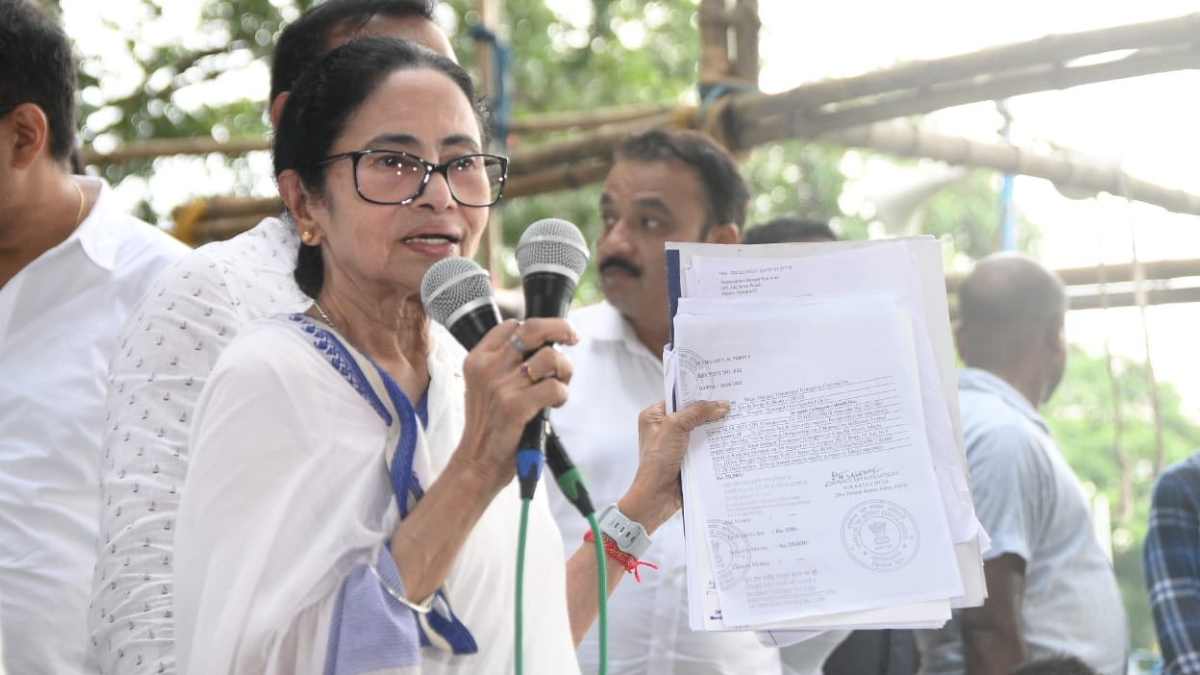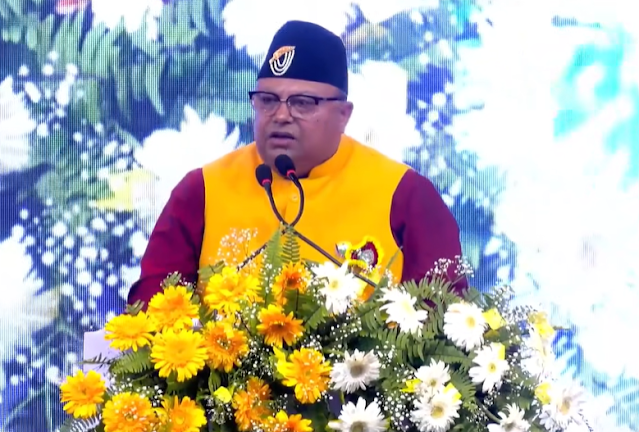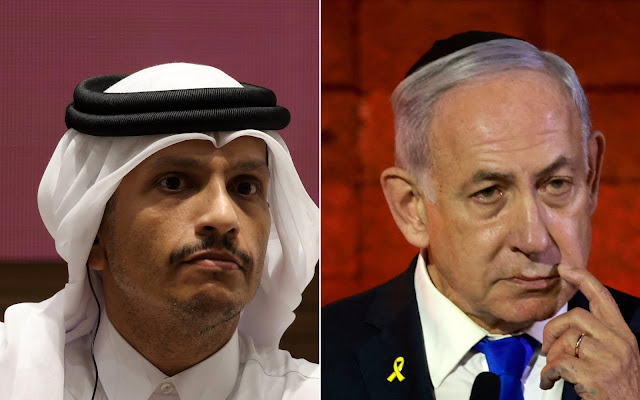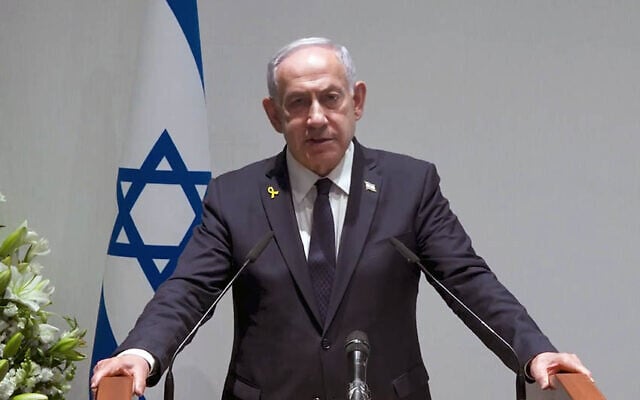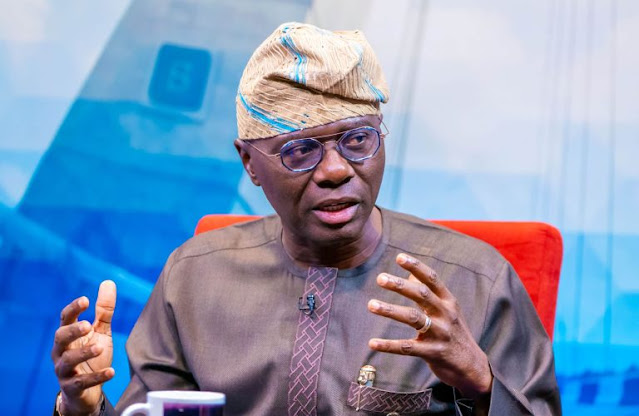KalimNews | July 27, 2025, Kalimpong: The morning mist of the Darjeeling hills carries with it the weight of memory and sacrifice. On July 27, 1986, the hills bled — and a people’s movement was immortalized in the blood of its young martyrs. Today, as the region observes Martyrs’ Day, it commemorates the lives lost during one of the most pivotal and tragic moments in the Gorkhaland agitation.
On this day, 39 years ago, the serene hills of Darjeeling were shaken by violence, grief, and historic resistance. July 27, 1986, is remembered as Martyrs’ Day by the Gorkha community — a date etched into the collective memory of the people of the region as a day of sorrow and pride. It marks one of the bloodiest and most emotionally charged episodes of the Gorkhaland agitation, a movement for a separate state for Indian Gorkhas within the Indian Union.
What Happened on July 27, 1986?
In Kalimpong, the rally took on powerful symbolism. Copies of the Indo-Nepal Treaty of 1950 were publicly burned by protesters, a deliberate act meant to reject what many Gorkhas saw as the treaty’s role in fueling confusion about their citizenship and national identity. The act reflected deep-seated resentment against being perceived as “foreigners” in their own land — a perception the treaty was often cited to justify.
The protest, intended to be peaceful, turned tragic when police opened fire on the unarmed crowd. At least 13 youths, mostly teenagers and young adults, were killed. Unofficial reports suggest the death toll may have been higher. Most victims were students or daily wage earners, whose only crime was expressing solidarity with the cause of their community. On that fateful Sunday, thousands of Gorkha National Liberation Front (GNLF) supporters had gathered in Kalimpong and other hill areas under the leadership of Subash Ghisingh, the face of the movement at the time. The agitation had been intensifying over the months with widespread mobilization and increasing clashes between protesters and the state.
The peaceful protest turned tragic when police opened fire on the demonstrators. At least 13 Gorkha youths were killed, although unofficial figures suggest the death toll may have been higher. The victims were unarmed civilians, most of them in their teens and early twenties — many of whom had merely assembled to show solidarity for the cause of Gorkhaland. Many of the victims were barely out of school — their only weapon was the conviction in their hearts and a belief in justice for their identity and homeland.
This firing incident became a defining moment in the Gorkhaland agitation, galvanizing the movement and giving rise to a renewed sense of Gorkha identity, resistance, and martyrdom.
The Tragedy that Became a Catalyst
Led at the time by Subash Ghisingh and the Gorkha National Liberation Front (GNLF), the movement had been gaining momentum through 1986. But July 27, with its violent turn, became a turning point that galvanized the demand for Gorkhaland into a full-fledged political and cultural movement. Over the next two years, the hills witnessed widespread unrest, militarization, and over 500 deaths, leading eventually to the formation of the Darjeeling Gorkha Hill Council (DGHC) in 1988 — seen by many as a temporary and incomplete compromise.
The Aftermath
The deaths on July 27 led to massive unrest across the Darjeeling hills, Kalimpong, Kurseong, and parts of the Dooars and Terai. The state responded with more military presence and crackdowns, leading to widespread human rights concerns and fear among civilians. From 1986 to 1988, the region witnessed a violent and prolonged movement, leading to hundreds of deaths, disappearances, and destruction of property.
The GNLF eventually signed the Darjeeling Gorkha Hill Council (DGHC) Accord in 1988, bringing a temporary end to the agitation. However, many saw this as a compromise short of the original goal of statehood.
A Day Etched in Gorkha Identity
Every year since, the people of Darjeeling, Kalimpong, Kurseong, and parts of the Dooars and Terai observe July 27 as Martyrs’ Day, paying homage at local memorials and holding rallies, processions, candlelight vigils, and moments of silence. Black flags fly in remembrance. It’s not just a day of mourning — it’s a reminder of the unfulfilled dream of a separate Gorkhaland and the resilience of the people who continue to strive for recognition and dignity.
Legacy and Significance
Every year on July 27, Gorkhas across the country observe Martyrs’ Day in memory of those who laid down their lives. Memorials are held in towns and villages across the hills, where families and local leaders pay homage to the martyrs, hoist black flags, light candles, and recall the sacrifices made.
The incident continues to be a symbol of the community’s struggle for identity, recognition, and self-governance. Although the agitation has seen various political phases — from GNLF to Gorkha Janmukti Morcha (GJM), and Bharatiya Gorkha Prajatantrik Morcha and other factions and civic fronts — the memory of July 27, 1986, remains the emotional anchor of the Gorkhaland cause. In 2025, the region’s political dynamics have changed considerably. The Bharatiya Gorkha Prajatantrik Morcha (BGPM), under the leadership of Anit Thapa, currently holds the reins of power in the Gorkhaland Territorial Administration (GTA). Thapa, who was once a key member of the Gorkha Janmukti Morcha (GJM), broke away to form the BGPM and has since positioned his party as a moderate, development-focused force within the region.
While the demand for Gorkhaland still simmers in the hearts of many, the current administration under BGPM has emphasized peace, governance, and infrastructure development, choosing dialogue and collaboration with the state government over agitation. Nevertheless, the memory of July 27 remains sacrosanct, even as strategies evolve.
Reflection in 2025
In 2025, as the political dynamics of the region evolve, younger generations are being reminded of this day not just as a historical fact, but as a call to remember the unresolved aspirations of the community. While some political leaders today prefer a dialogue-based approach with the state and central governments, the demand for Gorkhaland remains alive, and Martyrs’ Day stands as a solemn reminder of what the hill people endured and what they continue to seek — dignity, identity, and justice.
“We have not forgotten. We will never forget. July 27 is not just a date; it’s a wound and a promise,” said a youth leader from Kalimpong at a Martyrs’ Day event held today.
As flowers are laid at martyr memorials and candles flicker in the mountain mist, the hills echo with a quiet but resolute message: the sacrifice of 1986 shall not be in vain.
“This day reminds us of the sacrifice that laid the foundation for everything we have achieved — and everything we still have to fight for,” said a local resident at the Shaheed Bedi (Martyrs’ Memorial) in Kalimpong. Another elder added, “We may have different political parties now, but our dream is the same — to protect our identity and to never forget the lives lost for it.”
As candles flicker tonight on hilltops and in town squares, the message is clear: the martyrs of July 27 will never be forgotten, and the dream they died for remains alive in the hearts of a new generation.


